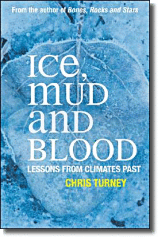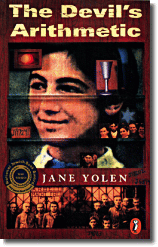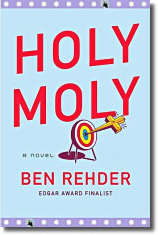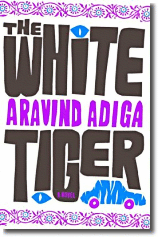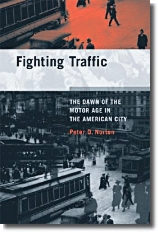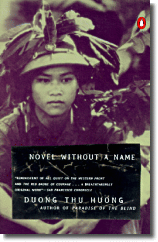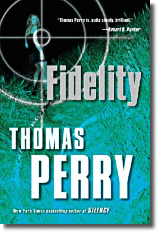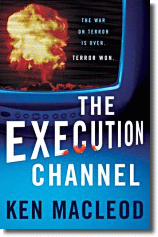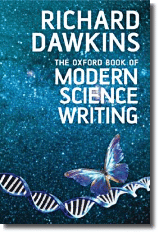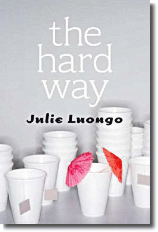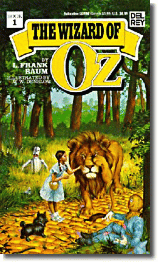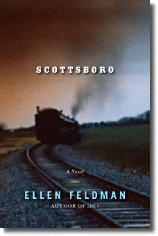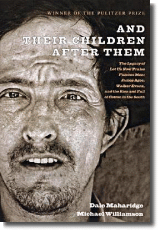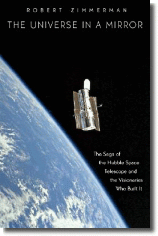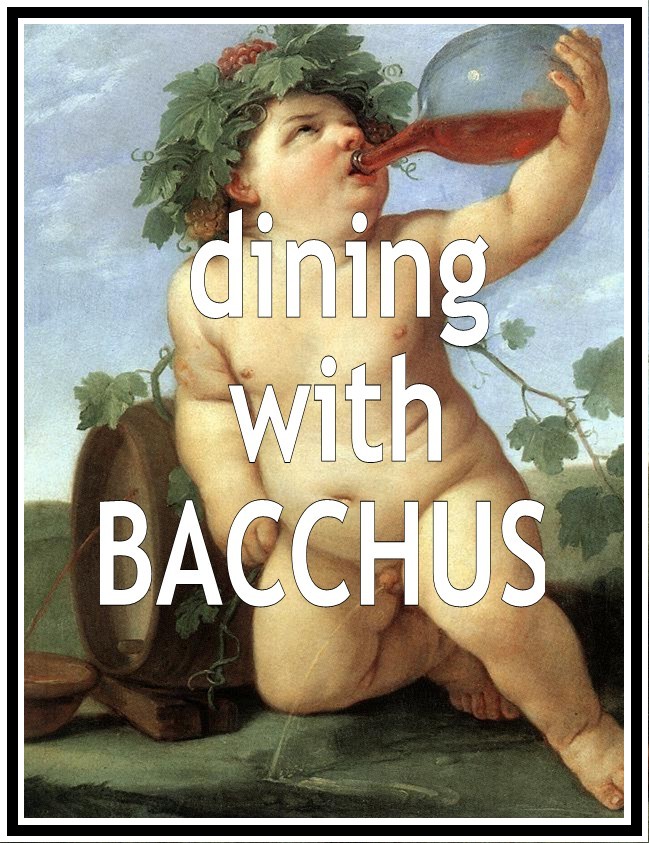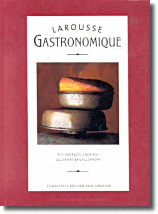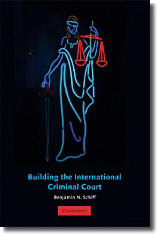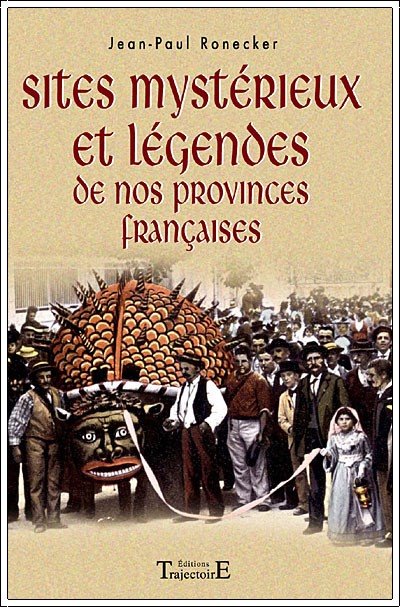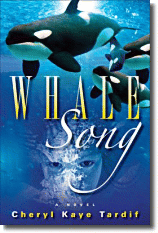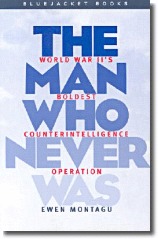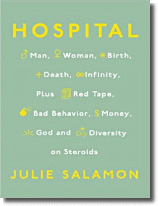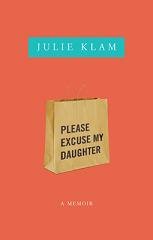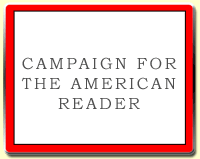For the Wall Street Journal, he named a five best list of books about Hollywood.
One title on his list:
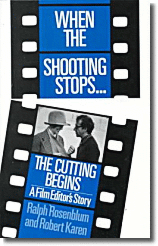
When the Shooting Stops ... the Cutting BeginsRead more about Stillman's five essential books about Hollywood.
by Ralph Rosenblum and Robert Karen
Viking, 1979
The dourest of men, Ralph Rosenblum was the editorial genius behind many of the great modern film comedies, including the first films of Woody Allen, Herb Gardiner and Mel Brooks. Rosenblum's account of the editing-room transformation of "The Producers," "Take the Money and Run" and "Annie Hall" is a film education in itself and a counterweight to the usual debate over the primacy of either script or direction. Rosenblum's bête noire is the cult of the film director. In his memoir only three directors -- Allen, Gardiner and Sidney Lumet (the first two also writers and so more tolerably "auteurs") -- come off well. "The myth that the director is the sole creator of his film is a burden on almost everyone in the movie business, including the director," he and co-author Robert Karen write. Particularly revealing is Rosenblum's description of how the beautiful ending to "Annie Hall" -- when Allen, as Alvy Singer, muses on the absurdity and necessity of romantic love -- was concocted in a taxi and recorded in a sound booth barely an hour before a key audience screening.
--Marshal Zeringue
